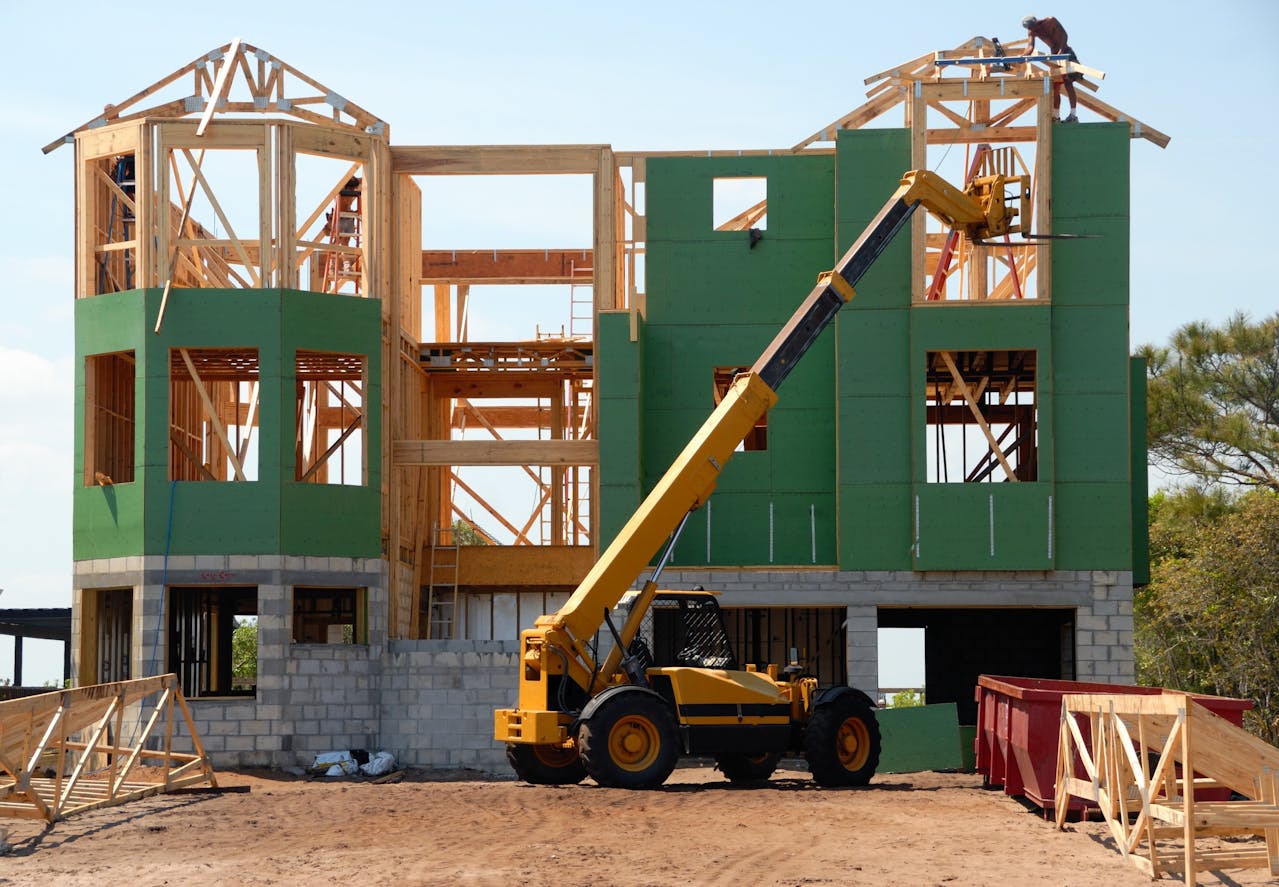
The property investment business has numerous routes to prosperity, but one of the most under-appreciated differences is between constructing a home and constructing an investment. Both use bricks and mortar, yet the tactics, money structures, and long-term results are vastly different. This guide examines how to think about property development as an investor does, with less emphasis on personal happiness and more attention to designing sustainable financial prosperity.
Shifting the Mindset from Homeowner to Investor
Constructing a house tends to be an emotional experience, a function of lifestyle, family requirements, and personal preference. Constructing an investment involves removing emotion from the table. Investors value locality over aesthetics, yield over opulence, and long-term financial solvency over short-term hedonism.
The transition starts with determining the purpose of the property. Rather than inquiring what constitutes a comfortable dwelling, an investor needs to inquire what will appeal to tenants or buyers and yield a return. Functional layouts, energy-efficient systems, and neutral finishes tend to be more important than architectural details or costly finishes.
Financial Structures to Support Investment Building
Financing an investment property needs planning and a different strategy from securing a mortgage to finance a family home. While conventional loans are a popular choice, investors need to balance alternative models of finance that could suit them better over the longer term.
Equity release, joint ventures, and specialist investment mortgages are flexible arrangements which ordinary residential loans are not. Tax implications also vary significantly. Interest charges, depreciation schedules, and other permitted deductions can enhance profitability if properly constructed, but they require familiarity with the regulations and planning ahead.
Location and Market Considerations
Selecting a location for an investment property is less about taste and more about performance in the market. Being near employment centers, schools, and transportation hubs tends to drive rental demand and potential for capital appreciation. Examining vacancy rates, population trends, and proposed infrastructure projects can provide investors with a window into areas that will appreciate over the long term.
While a home owner may prefer quiet streets or lovely vistas, an investor needs to decide whether such attributes mean higher returns or resale. The focus lies in areas that have wide market appeal in order to remain stable during market swings.
Working with Professionals
Investors never do it alone. A web of advisers and service providers can either make or break the outcome. Financial planners, accountants, and legal professionals all have a role to play, but so does the selection of a solid home builder who knows the priority needs of an investment project.
Where a home owner might prioritise custom finishes or personalised floor plans, an investor generally looks for cost-effectiveness, scalability, and durability. A builder with experience in investment-driven developments can guarantee projects are completed on time, to budget, and with considerations for long-term performance.
Funding Options and SMSFs
Self-managed superannuation funds (SMSFs) have become a potent tool for real estate investment. Subject to rigorous regulatory compliance, they enable investors to leverage retirement savings to create wealth in real estate over the long term.
Specialist funds like SMSF property loans provide strategies for incorporating real estate into retirement planning. Regulations surrounding such loans are intricate and require professional guidance, yet for committed investors, they present a way of merging tax efficiency with asset appreciation. Proper thought to contribution limits, liquidity levels, and diversification is paramount in order to steer clear of regulatory hazards.
Risk Management and Long-Term Planning
All investments involve risk, and property is not an exception. The decline in the market, increases in interest rates, and unforeseen construction delays can all impinge on profitability. Reducing those risks involves more than just allocating contingency funds.
Investment property insurance policies, transparent contractual arrangements with contractors, and advance planning for vacancies or repair costs assist in fostering resilience. Investors must also consider how each property contributes to their overall portfolio. Diversification across geographic regions and asset classes can avoid exposure to single-market volatility.
Building for Yield and Growth
The long-term goal of building an investment property is achieving yield and capital appreciation balance. Although generous rental returns can provide regular cash flow, long-term capital growth tends to power real wealth creation. Savvy investors design their builds to maximise both.
Design decisions like adding additional bedrooms, flexible living spaces, or energy-saving technologies can drive rental desire and accommodate greater yields. At the same time, choosing a location in a neighborhood with good growth prospects ensures the property appreciates in value over the long term. The optimal result occurs when investors consider the property’s life cycle not only in terms of initial build-out, but over decades of holding.
Understanding the Difference in Lifestyle vs Investment Builds
The urge to blur the distinction between a dream home and an investment project may be strong. But the disciplines are quite different. A lifestyle build is driven by personal comfort and may include higher initial costs for non-essential features. An investment build, on the other hand, requires restraint and rational decision-making.
By remaining focused on financial outcomes rather than personal preferences, investors avoid overcapitalising and ensure every pound spent contributes to long-term returns. That distinction is what ultimately separates those who accumulate wealth from those who simply build a house.
Final Thoughts
Property development can either be very personal or a calculated financial choice. Developing an investment, not a residence, involves strict planning, expert advice, and a disciplined approach that emphasises yield, expansion, and long-term financial stability. By directing attention away from lifestyle desires and towards market performance and financial strategies, investors set themselves up for ongoing wealth creation far beyond the individual property.




